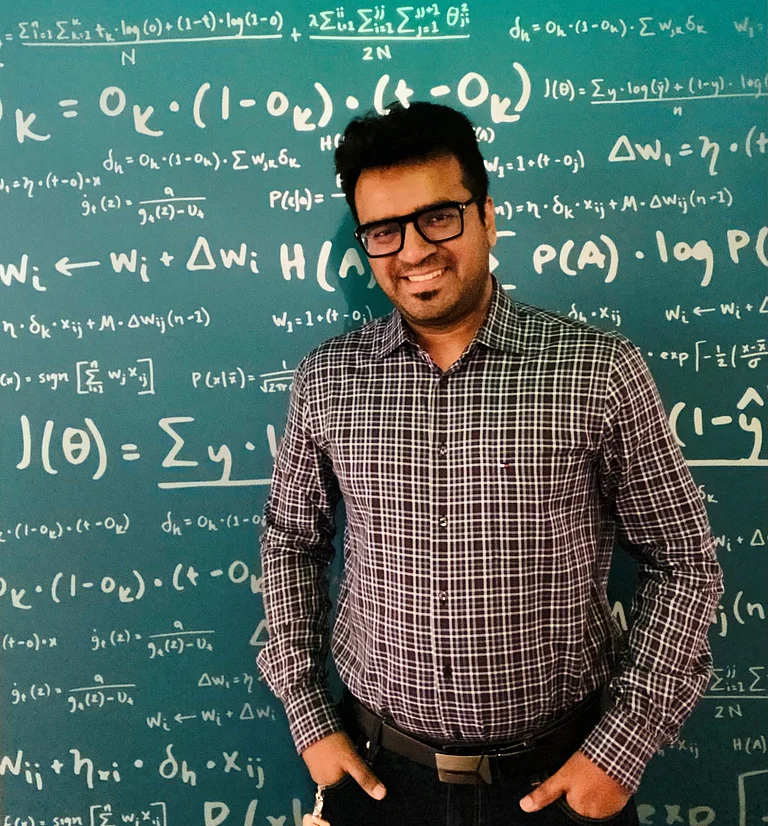In the realm of cloud computing, few professionals command as much respect and influence as Chaitanya Kanth Tummalachervu. With over 15 years of experience in IT, including Cloud Engineering, DevOps, and Site Reliability Engineering (SRE), Tummalachervu has established himself as a vital contributor to the advancement of cloud technology. His expertise extends beyond the typical bounds of cloud migration and DevOps practices; he is also a leading authority on cloud disaster recovery, particularly in the implementation of intelligent redundancy techniques.
The Critical Importance of Cloud Disaster Recovery
In an increasingly digital world, the importance of cloud disaster recovery cannot be overstated. Without robust recovery strategies, businesses face the risk of catastrophic data loss, service interruptions, and severe financial repercussions. For instance, a major outage at a cloud service provider can result in the loss of access to critical applications, leading to significant downtime. This not only disrupts business operations but can also damage a company's reputation and erode customer trust. Furthermore, regulatory penalties may be incurred if sensitive data is compromised during an outage.
Tummalachervu’s work in cloud disaster recovery exemplifies how advanced strategies can prevent such disasters. His approach, centered around intelligent redundancy, goes beyond traditional methods by leveraging AI and machine learning to predict potential points of failure and automatically reroute resources. This proactive approach ensures that service continuity is maintained even during unexpected disruptions.
What is Intelligent Redundancy?
At the heart of Tummalachervu's disaster recovery strategy is the concept of intelligent redundancy. Unlike traditional redundancy, which often relies on simple duplication of resources, intelligent redundancy uses advanced algorithms and real-time data analysis to optimize resource allocation. This ensures that failover processes are seamless, minimizing downtime and maintaining service availability.
"Intelligent redundancy is about creating a dynamic infrastructure capable of handling failures in real-time," Tummalachervu explains. "It's not just about having backups; it's about ensuring that those backups are deployed efficiently and effectively when needed."
Implementing such a strategy requires cutting-edge technology and a deep understanding of cloud infrastructure. Tummalachervu has been instrumental in designing and deploying scalable, real-time solutions that minimize downtime and ensure the availability of critical applications. His innovations have reduced the burden on human operators by automating failover processes, allowing engineers to focus on strategic tasks rather than emergency responses.
Real-World Application of Intelligent Redundancy
Tummalachervu's expertise is not just theoretical; he has successfully implemented intelligent redundancy in various high-stakes environments. For instance, during his tenure at RingCentral as a Senior Site Reliability Engineer, he played a pivotal role in reducing deployment times by 85% through the implementation of CI/CD pipelines. These pipelines are integral to the automation of deployment processes, ensuring that updates and patches are applied without service interruption.
Moreover, his work with geographic redundancy—replicating data across multiple locations—has been crucial in enhancing the resilience of cloud infrastructures. This strategy ensures that even if one data center is compromised, critical data and applications remain accessible from other locations, significantly reducing the risk of data loss.
"Geographic redundancy is the cornerstone of any disaster recovery plan," Tummalachervu asserts. "It not only reduces the risk of data loss but also ensures that services remain available to users, regardless of where an incident occurs."
The Consequences of Inadequate Disaster Recovery
The risks of not implementing a comprehensive cloud disaster recovery plan are stark. Without intelligent redundancy and automated failover systems, businesses may find themselves unable to recover quickly from outages, leading to prolonged downtime, lost revenue, and potential data breaches. Tummalachervu's work highlights the importance of proactive disaster recovery measures, as he has demonstrated through his successful implementations at major corporations.
Leadership and Industry Impact
Beyond his technical contributions, Tummalachervu is a respected leader in the IT community. He has managed multi-region teams, led cost-saving initiatives, and served as a mentor to up-and-coming engineers. His published works and active participation in industry forums have made him a thought leader in cloud computing and disaster recovery.
"In this field, collaboration is key," Tummalachervu emphasizes. "By sharing knowledge and best practices, we can collectively improve the resilience of cloud infrastructures and better prepare for potential disasters.
Chaitanya Kanth Tummalachervu's extraordinary ability in cloud disaster recovery has not only enhanced the reliability of the systems he oversees but has also set new standards in the industry. His contributions ensure that the digital world remains stable, secure, and resilient in the face of challenges.


























